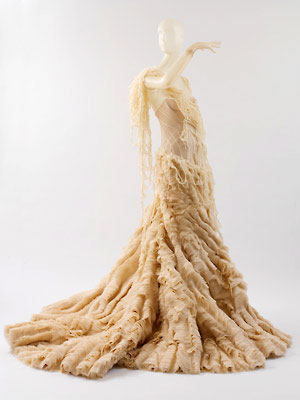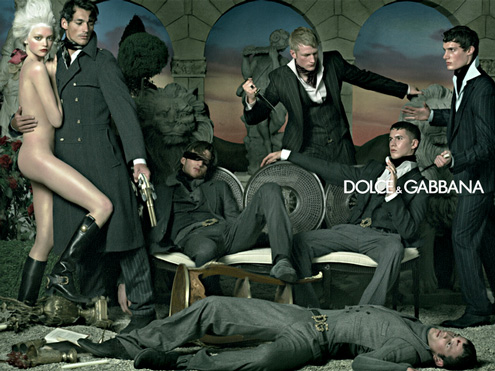
Me, together with Professor Tony Fang, Stockholm University, School of Business. As I am right now working on a collaborative research project with Professor Fang, it was nice to listen in on his guest lecture at the Department of Applied IT, at the University of Gothenburg and Chalmers University of Technology.
Text and Photo © JE Nilsson and CM Cordeiro 2012
Tony Fang, who is Professor of Business Administration at Stockholm University, gave a guest lecture today at the Department of Applied Information Technology (IT), on his concept of a Yin Yang perspective to culture. In today’s Internet culture, where collaborative work can be done through Dropbox, Skype and via emails, that he was in Gothenburg proved a good opportunity for us to meet in person.
 On July 4, 2012, AsiaOne News ran an online article entitled “
On July 4, 2012, AsiaOne News ran an online article entitled “








